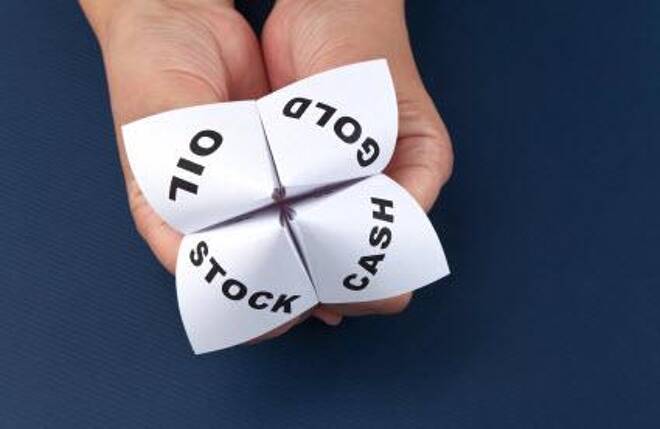Advertisement
Advertisement
Bet Size and Risk Management
By:
Intro
Risk management is regarded as a defensive strategy which is utilized to minimize lose along with the potential risks of absolute ruin. When we look at
Risk management is regarded as a defensive strategy which is utilized to minimize lose along with the potential risks of absolute ruin. When we look at risk as a concept we also correlate risk to reward. In theory, when an investor expands the amount of capital he/she is prepared to risk, their overall potential reward grows. When one is reviewing investment/trading strategies, the key is to figure out the optimal threshold of risk to obtain a specific and defined amount of return.
Risk should be viewed as the possibility of loss. A good example of risk would be if an investor owns a portfolio of stocks, and there is a possibility that a price decline of those stocks transpiring. Again, when analyzing risk you are not looking at the actual loss that may have taken place associated to a loss but the possibility that a loss can be incurred. There are several techniques that an investor can utilize to control risk which includes strategies such as a stop loss, along with utilizing other financial instruments to hedge your bets. For an investor to achieve maximum returns on their investments they must utilize the proper tools to manage the potential for loss.
When attempting to achieve an optimal portfolio, an investor needs to review the amount of capital to utilize when investing. There are numerous strategies that an investor can leverage from to calculate the size of his/her investment which include a fixed bet or a fixed fraction bet.
When you are working in a fixed betting system, the total capital remains static regardless of how large the portfolio increases. For example, an investor would place trades of one hundred dollars despite whether the bet becomes reciprocally too large or too small. A one hundred dollar bet on an account the size of one thousand dollars appears reasonable, however it would be considered large on a two hundred dollar portfolio and miniscule on a two hundred thousand portfolio.
To alleviate the matter of equity within the portfolio from moving out of kilter to the fixed-bet, an investor can state a bet size as a static fraction of the equity within a portfolio. A 10% fixed fraction bet on our original ten thousand dollars also lead to a five hundred dollar bet. If the equity increases or decreases, the fixed fraction bet will stay in proportion to the equity.
To generate the ideal bet size can be compared with probability. The process of discovering the ideal number has been described by what is known as the Kelly criterion, which was created by John Kelly. John Kelly created a unique formula which describes the ideal strategy for bets which are not correlated.
The Kelly formula is best described by viewing the probability and the toss of a coin. For example, you are going to make a bet on a series of 10 individual coin flip. In this instance the coin is weighted and lands on tails 70% of the time. If you have one hundred dollars the question becomes how much should you bet on each toss?
Some may believe that wagering your entire portfolio on this particular outcome is the most reasonable bet size; however, this is not correct. Risking your portfolio should maximize the expected value for a single bet, however, it disregards the reality that you only have a restricted amount of capital and once your capital is gone you no longer have the opportunity to make future profitable bets.
About the Author
David Beckerauthor
David Becker focuses his attention on various consulting and portfolio management activities at Fortuity LLC, where he currently provides oversight for a multimillion-dollar portfolio consisting of commodities, debt, equities, real estate, and more.
Advertisement
